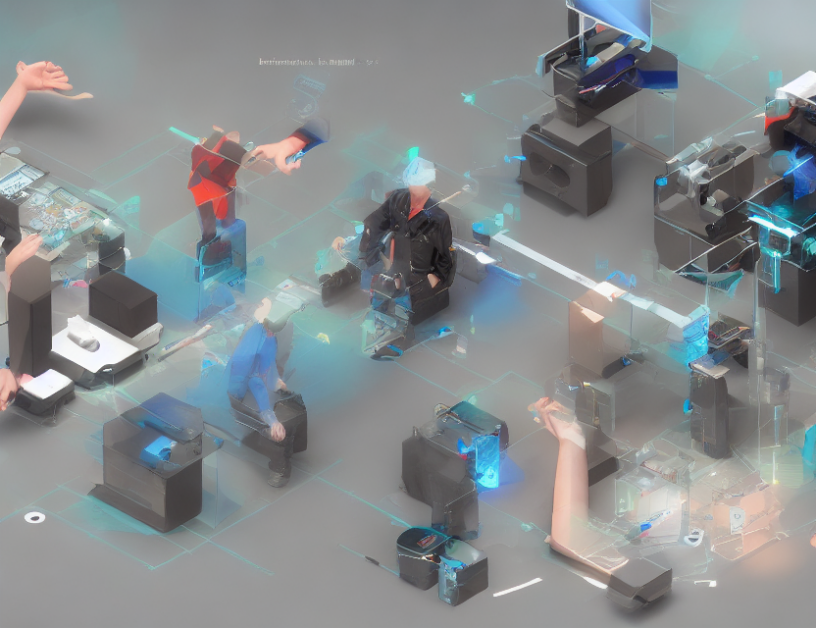In this article, we explore the design of a wearable device for interpreting American Sign Language (ASL). The device is designed to be simple and easy to use while still providing accurate interpretations. We discuss the constraints and requirements for the device, including the need for simplicity, ease of use, and accuracy.
Sensors and Data Collection
The device uses three sensors to capture ASL signs: an accelerometer to measure hand movement, a gyroscope to measure orientation, and a pressure sensor to detect finger movements. The data collected from these sensors is then processed using machine learning algorithms to interpret the signs. We use a dataset of 23 words and expressions to demonstrate the device’s capabilities.
Machine Learning Models
We compare the performance of several machine learning models: Random Forest, Support Vector Machine (SVM), K-Nearest Neighbors (KNN), and Decision Tree. Our results show that KNN with 5 neighbors performs the best, with an accuracy of 99%. We also observe that increasing the number of neighbors to 3 improves performance even further.
Evaluation Criteria
We evaluate the models using four criteria: accuracy, precision, recall, and F1 score. We find that KNN with 5 neighbors has the highest F1 score, indicating good performance across all criteria.
Scaling Up Expectations
While increasing the resolution within the same time limit can improve performance, it is not always positive. Scaling up the method may not lead to better results, and more data collection may be required for accurate interpretations.
Conclusion
In conclusion, we have designed a wearable device for ASL interpretation that is simple, easy to use, and provides accurate interpretations. Our machine learning models demonstrate good performance, and our evaluation criteria show the importance of considering multiple factors when evaluating the accuracy of ASL interpretation systems. While scaling up expectations may not always lead to better results, our approach provides a solid foundation for further research and development in this area.



